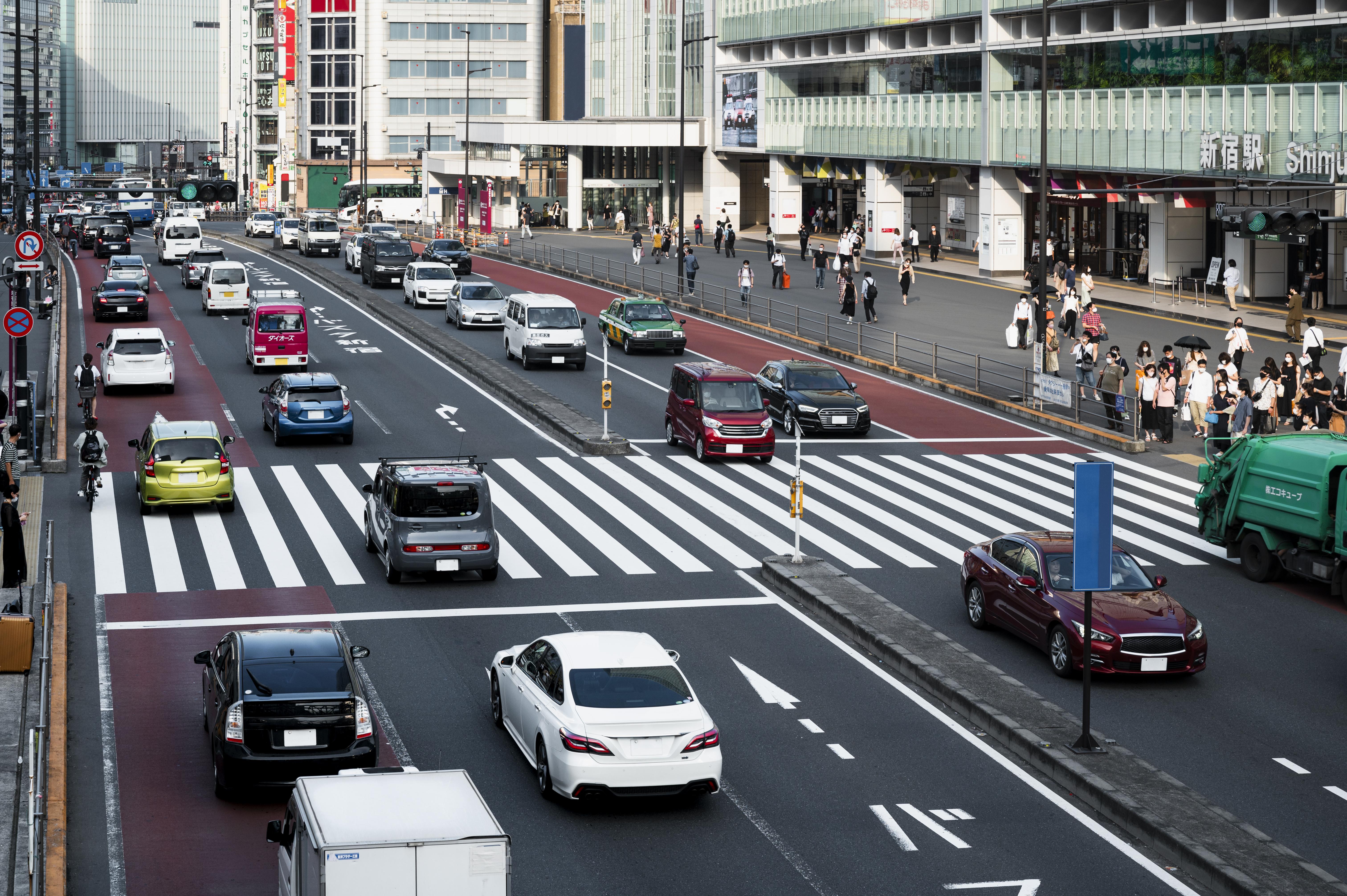

Traffic crashes are a global crisis. For decades, these accidents have claimed roughly 1.35 million lives every year. As the population grows and car ownership increases, the need for innovative solutions is urgent. Enter Artificial Intelligence (AI). With its ability to predict and prevent accidents, Road safety using AI has the potential to revolutionize traffic management and driver behaviour.
Researchers, engineers and policymakers taking AI for road safety as a priority have become the focus at the moment. Likewise, technological advancements like AI and machine learning have conceived promising technologies aimed at reducing the risks of the road. These innovations aim to make the roads safer and save lives infinitely.
AI is no longer a distant possibility; it has become a promising reality. It is capable of delivering enormous amounts of life-saving services. Integrating machine learning algorithms, computer vision techniques, and real-time data analysis, AI systems aim to lead changes in road safety.
Let’s have a look at the key factors explaining how AI is enhancing road safety:
Enhanced Driver Assistance Systems (ADAS): New cars boast ADAS features like lane departure warnings and automatic braking. AI can enhance these systems to better detect incidents. By understanding risk, AI can ensure the systems react quickly and precisely to prevent accidents caused by human error.
Predictive Maintenance: AI apps can process car sensor data to find out possible vehicle problems and report them before they occur. This enables us to conduct continuous checks and therefore to guard against shutdowns resulting from sudden malfunctions, which sometimes could cause accidents. Let me imagine a world where the car would have warned you earlier before your brake would play a role in the occurrence of an accident.
Traffic Management Optimization: AI can analyze traffic patterns in real-time, adjusting traffic signals and recommending alternative routes to alleviate congestion. This not only reduces travel time but also minimizes frustration and aggressive driving behaviour, both of which are major contributors to accidents.
Autonomous Vehicles: While still in their development phase, autonomous vehicles (AVs) powered by AI represent the ultimate vision for road safety. By eliminating human error, AVs have the potential to dramatically reduce accidents and fatalities.
You may also like: Safest Car Brands Ranking in 2024
The integration of AI into road safety presents both exciting opportunities and significant challenges:
AI systems rely heavily on vast amounts of data, raising concerns about data privacy and security. We need to implement measures to ensure responsible collection and usage of data.
Autonomous vehicles face complex ethical dilemmas, such as how to react in unavoidable accident scenarios. Hence, we need to establish robust ethical frameworks to guide the development and deployment of AI in road safety.
Transitioning to a fully AI-powered transportation ecosystem will require significant infrastructure investment. Upgrading roads and integrating communication networks are crucial steps for successful implementation. Developing standardized protocols is also essential in this process.
Gaining public trust and acceptance for AI-powered solutions is essential. Educational campaigns and clear communication strategies can help alleviate public concerns and foster trust in these new technologies.
Road safety using AI is not a one-man show. Successful implementation requires collaboration across various stakeholders:
Technology Developers: Tech companies and research institutions need to prioritize safety and develop responsible AI solutions for the automotive industry.
Automobile Manufacturers: Car makers need to integrate AI technology seamlessly into their vehicles, ensuring reliable and user-friendly features.
Governments and Regulatory Bodies: Governments need to establish clear regulations and standards for AI usage in road safety while fostering innovation and competition.
Public Advocacy Groups: Public awareness campaigns and educational initiatives can help build trust and understanding for AI in road safety.
While challenges exist, the potential benefits of road safety using AI are undeniable. By fostering collaboration, we pave the way for a safer future on our roads. Prioritizing safety ensures smoother commutes and a profound sense of security while driving. Addressing ethical concerns is crucial in achieving these goals.
As AI continues to evolve, we can expect even more innovative applications in the realm of road safety:
Personalized Driver Monitoring: AI can analyze driver behaviour patterns, like drowsiness or distraction, and provide real-time feedback or intervene to prevent accidents.
Connected Car Networks: Connected car networks utilizing AI will enable real-time hazard identification and communication. Vehicles can warn each other of accidents, traffic jams, and dangerous weather conditions, allowing drivers to react accordingly. This collaborative approach can significantly improve overall road safety.
Smart City Infrastructure: AI-powered traffic management systems can be integrated with smart city infrastructure like intelligent traffic lights and pedestrian crosswalks. Therefore, this creates a dynamic and responsive traffic environment that prioritizes safety and efficiency.
Vulnerable Road User Protection: AI can be used to develop advanced pedestrian and cyclist detection systems, ensuring the safety of those most vulnerable on the road. Also, imagine crosswalks that adapt to pedestrian traffic flow or vehicles that automatically brake for cyclists.
Post-Crash Response Optimization: AI can analyze accident data to identify high-risk zones and improve emergency response times. Additionally, AI-powered systems can assist first responders by providing real-time accident scene analysis and optimizing rescue efforts.
The integration of AI into road safety solutions benefits human life. It also contributes to a more sustainable future. By optimizing traffic flow and reducing congestion, AI can significantly decrease fuel consumption and carbon emissions. Furthermore, predictive maintenance powered by AI can extend the lifespan of vehicles, minimizing waste and environmental impact.
To conclude, road safety is a complex puzzle. We need innovative solutions to solve it. Road safety using AI offers a ray of hope. AI's power in prediction, driver assistance, self-driving cars, and traffic management can create safer, smoother roads for all. Understanding driver behaviour is also essential in achieving this goal. But challenges like data privacy, ethics, regulations, and integration need tackling to unlock AI's full potential. As we embrace technology, let's remember the goal: safe journeys for everyone.